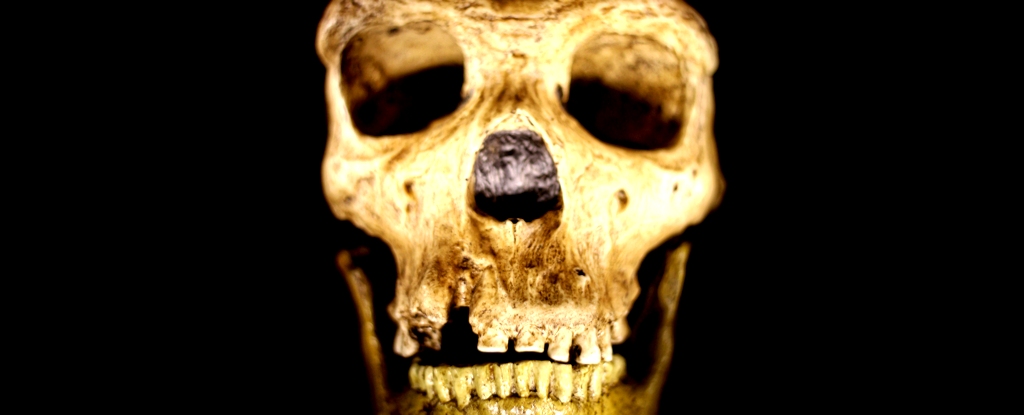Early risers might have Neanderthal DNA to thank for their morning habits, an early study suggests.
An analysis found genes passed on by Neanderthals and Denisovans, two ancient cousins of modern-day humans, may help make some of us morning people.
“This was really exciting to us, and not expected,” Tony Capra at the University of California, San Francisco, told New Scientist.
” Neanderthals and Denisovans passed on DNA that increased our morningness, and this has been retained in modern human populations.”
It’s possible that Neanderthals and Denisovans evolved those mutations by living in colder, darker environments for longer than our direct ancestors, according to the study.
How much Neanderthal DNA do we have?
Every human alive today owes the overwhelming majority of their DNA to Homo sapiens who lived in Africa until relatively recently. Along the way, scientists think some of our ancestors picked up genetic material from extinct branches of humanity, including Neanderthals and Denisovans.
Much of those variations have been weeded out over time. But scientists think people of European and Asian descent still owe about 2 percent of their genome to Neanderthals and people from Papua New Guinea can trace about 5 percent of their DNA to Denisovans, per New Scientist.
Neanderthals and Denisovans ventured out of Africa hundreds of thousands of years ago, much earlier than our direct ancestors. So they had a lot more time to tailor their genes to the colder, darker environments in Western and Northern Eurasia.
Our ancestors only started facing this type of weather about 50,000 to 60,000 years ago, which is when there was a big wave of migration into Europe. So it would make sense that these genetic mutations from Neanderthals and Denisovans would give some of us a leg up in the cold Eurasian winter months.
Tracking mutations
Tony Capra at the University of California, San Francisco, and his colleagues set out to investigate whether some of these DNA variations could have made us early risers, thus helping us make the most of the short Eurasian winter days.
To assess his theory, Capra and his colleagues compared the genomes of three Neanderthals and one Denisovan to the genomes hundreds of thousands of modern-day humans from a repository called the UK Biobank.
They found more than a thousand mutations shared between modern-day humans and Neanderthals or Denisovans, per The New York Times. Several had previously been tagged to be involved in regulating the human body clock.
By looking at questionnaire results from the people in the biobank, the scientists found that those carrying these mutations were more likely to describe themselves as early risers, per The Times.
“That was really the most exciting moment of the study, when we saw that,” Capra said, per The Times.
More work needs to be done
While the study is promising, it needs to be taken with a grain of salt, other scientists said.
Biobank studies only suggest an association between genes and symptoms or behaviors. Scientists usually require more experimental work to make sure that there is a one-to-one link between the genes and the traits.
We’re also at the beginning of our understanding of how our body regulates our metabolism, so it’s not clear whether carrying a specific mutation means you will be a morning person, because a lot of other factors are usually at play, Capra and his colleagues said in the study.
“This is an interesting and well-done study, but the relationship between our DNA and traits can be complex,” Joshua Akey at Princeton University, told New Scientist. “I think the authors have made a compelling case that it should be studied in more detail.”
One way to study this might be to engineer human cells in the lab with the Neanderthal and Denisovan body clock mutations to see how it affects their behavior, said Michael Dannemann, an evolutionary geneticist at the University of Tartu in Estonia, per The Times.
The study, he said, represents a “step forward” that not only sheds light on living human DNA, but could help us better understand Neanderthal biology.
The research was published in the peer-reviewed journal Genome Biology and Evolution on Thursday.
This article was originally published by Business Insider.
More from Business Insider:





